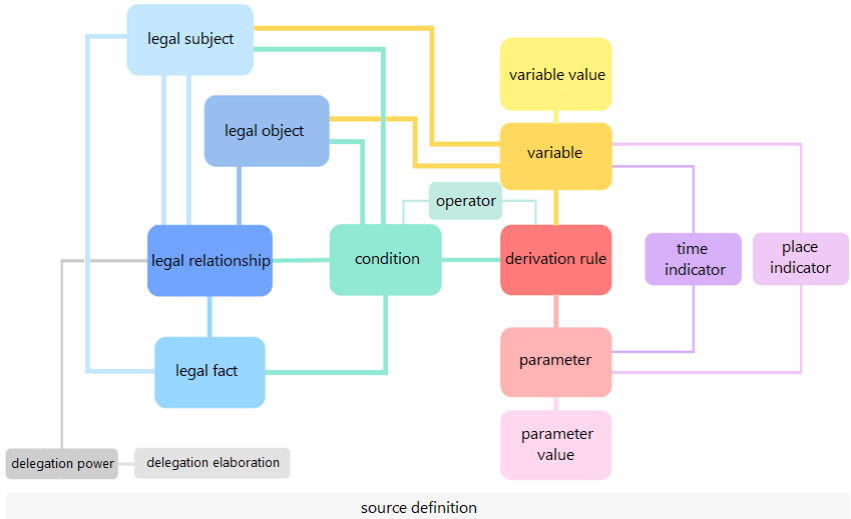Legislation is an important instrument to steer society in the right direction; it is not an end in itself but a means to achieve social goals. In order to execute legislation in an effective, lawful and explainable way, the necessary steps must be taken. This applies even more if ICT applications are used in the execution. Central government execution organisations such as UWV, DUO and the Tax and Customs Administration now have extensive ICT landscapes to handle the ever-increasing flow of decisions they take about citizens and businesses.
A good translation of legislation into execution requires an approach in which all steps for interpreting, specifying and further detailing legislation are explicitly recorded in a structured manner. This ensures that the choices made when translating legislation into execution are clear and that decisions made on the basis of these choices can be explained and justified. Another advantage of such an approach is that when legislation is amended, it is easier to determine what adjustments are needed in the ICT systems. This makes executing organisations more flexible when implementing legislation.
The six steps of law analysis
Law analysis consists of six steps:
- Determining the scope of work: determining the scope of the legislation and the execution policies to which law analysis is applied, for example for the construction of an ICT system or an execution test on draft legislation.
- Making the structure in legislation visible: by identifying the legal 'grammar' of legislation with the help of a law analysis scheme.
- Defining the meaning of legislation: by defining the concepts for each wording in the legislation with their corresponding properties and creating concrete examples that clarify and sharpen the meaning of each concept.
- Validation of the analysis results: with the help of concrete examples and legal scenarios, the analysis results from the previous steps are tested.
- Signalling missing implementation policies: where interpretations and execution aspects emerge that have not yet been laid down in policies, a signal is sent to those responsible so that this is still done. This is essential for the legitimacy of any decision or calculation. Everything must be traceable to legislation or officially adopted implementation policy.
- Drawing up the knowledge model: supported by modelling skills, the meaning of the legislation and the execution policies is clearly and coherently recorded in a model, so that this knowledge is available for implementation in the execution practice.
The law analysis scheme
Law analysis uses a law analysis scheme. In this scheme, various legal elements that occur in legislation are arranged in coherence. These elements form the classes that are assigned to formulations in the legislation in the context of law analysis. The classification of formulations into legal classes offers support in making the meaning of these formulations explicit.
Multidisciplinary cooperation
One of the important aspects of law analysis is the multidisciplinary cooperation between lawyers, information analysts and ICT developers. This cooperation is essential for an optimal result of law analysis. On the basis of concrete examples and scenarios, they always discuss the results of the analysis and the interpretation of the legislation. This is of great importance for the quality of the analysis and thus for the correctness of the final implementation of the legislation.
Law analysis is continuously evolving
Law analysis is not static, but will continue to renew itself under the influence of developments in legislation, application of the law and technology. The practitioners and developers of the approach work together to further refine and develop law analysis. Just as cooperation is essential in the concrete application of law analysis: always multidisciplinary and step-by-step.
Want to know more about law analysis? In 2021 Boom legal published a book in which, besides the theory, also the practice of law analysis is described. In addition to the approach, classification scheme and cooperation model, the book also describes two large cases in which the practical application of law analysis is shown. This book aims to make the approach to law analysis widely known to everyone who, in work or study, is involved with the application or execution of legislation. Although the emphasis is on the digital implementation of legislation by government execution organisations, it is also of value in legal and information science education at colleges of higher education, universities and postgraduate courses. The aim is always to build a bridge between the language of lawyers and the technology of ICT.


